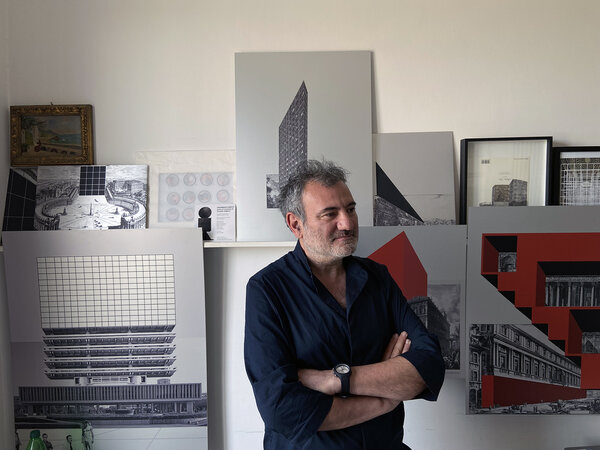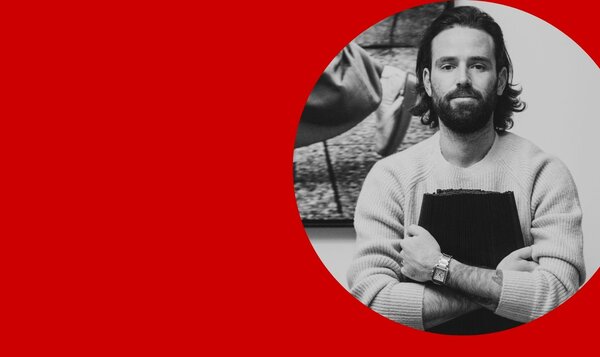
Design for Public Spaces
Placemaking and urban regeneration
ITA
Language
Italian
Start date
October 2025
Frequency
Full time
Fruition
On campus
Duration
2 Years
Credits
120
Course Coordination
Eliana Saracino
How can collaborative place-making and city regeneration actions reinvent public space through stronger connections between people and the places where they live?
Urban ecosystem design is closely linked to the stories of a place and its identity, as a way to build inclusive and sustainable collective environments across a variety of communities.
The Master of Arts in Design for Public Spaces. Place-making and city regeneration explores how collective spaces can be designed in a way that is inclusive, sustainable, and respectful of local cultural identities. This approach fits into the vision of DesignXCommons, where design is regarded to integrate the commons and regenerate the planet.
Issued Degree:
Diploma Accademico di Secondo Livello (DASL), corresponding to a Master of Arts Degree (MA) – EQF7 Level (European Qualification Framework).
Credits:
The course awards 120 CFA (Academic Formative Credits), corresponding to 120 ECTS (European Credit Transfer and Accumulation System).
* This course is undergoing approval by MUR - Ministry of University and Research – for the academic year 2024-25. The information on this page will be updated once the approval process has been completed.

Discover Testaccio - Stories of public spaces and urban regeneration
Information to decide
Designing public space can take on many different forms. That may include, for example, set-ups for temporary events, designing spaces and defining strategies or tactics of reactivation, using an interdisciplinary approach. As part of this, all the tools involved in urban planning, architecture, interior and product design are complemented by research into anthropological, sociological and economic patterns that in turn have an impact on identity-building processes in city spaces. The course covers innovative approaches to place-making, tactical urbanism and inclusive governance models through collaborative efforts in terms of co-designing with the different communities involved. The aim is indeed to better understand the real needs of the people, while carrying out top-down and bottom-up shared processes of widespread regeneration of collective spaces, from brief setting to operation. Experimenting with different projects - in the city of Rome as backdrop - provides a deeper understanding of cultural heritage, while having the opportunity to work with a variety of local players - from municipalities, associations, businesses and small-scale producers to cultural institutions and schools. This means having a real impact on preservation and socio-environmental regeneration.
Career roles that can be pursued with the degree programme in Design for Public Spaces. Place-making and city regeneration will learn how to work as part of interdisciplinary project teams and deal with the challenging task of transforming collective spaces found within public administrations, real estate companies, public foundations and institutions, municipal and multi-utility companies, NGOs (citizens' groups, cooperatives, and social enterprises), architectural, engineering, and urban design firms, as well as cross-disciplinary design and communication agencies. Continuing in Ph.D. trajectories at Italian and foreign universities will also be an option.
Faculty
What people say

Design for Public Spaces. Placemaking and urban regeneration
Course Coordinator describes the goal, the methodology and the professional opportunities of the Master of Arts in Design for Public Spaces.
DesignXCommons
































